Living north of the border shouldn’t mean paying more for the same products. Yet for many Canadians, shopping with American brands often feels like an expensive trap. From retail to tech to food, prices are consistently higher, even when the exchange rate and import costs don’t justify the difference. Here’s a closer look at the 14 Famous American Brands Secretly Gouging Canadian Customers.
Amazon
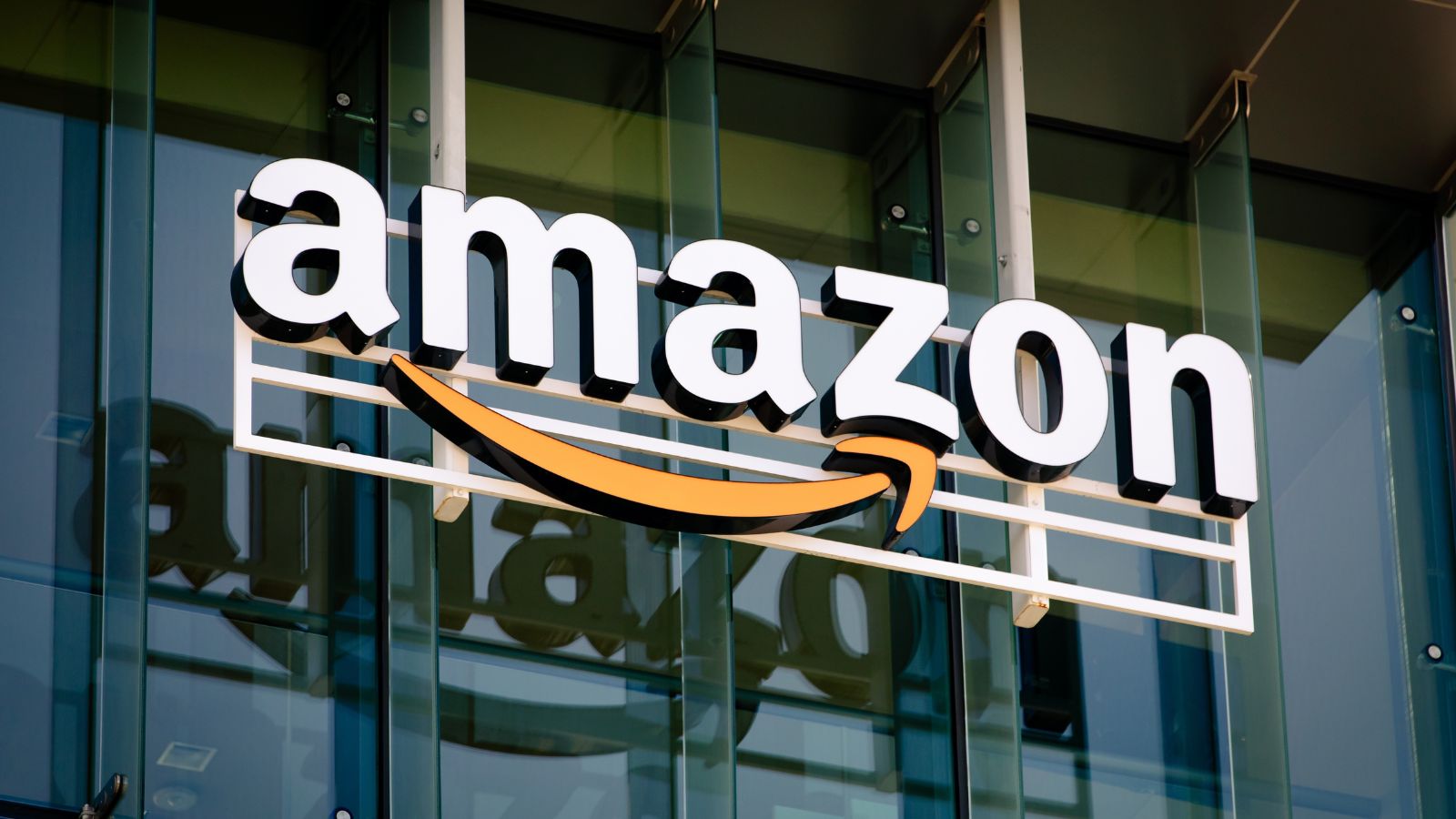
Amazon may be the go-to marketplace for millions, but Canadian shoppers often find themselves paying significantly more for the same items. Prices on Amazon.ca are regularly higher than their U.S. counterparts, and the selection is far more limited. Many sellers also inflate shipping costs or exclude Canadian customers altogether. Even with Prime membership, shipping times are longer and customer perks fewer. The result is a watered-down, overpriced version of the service Americans take for granted.
Apple
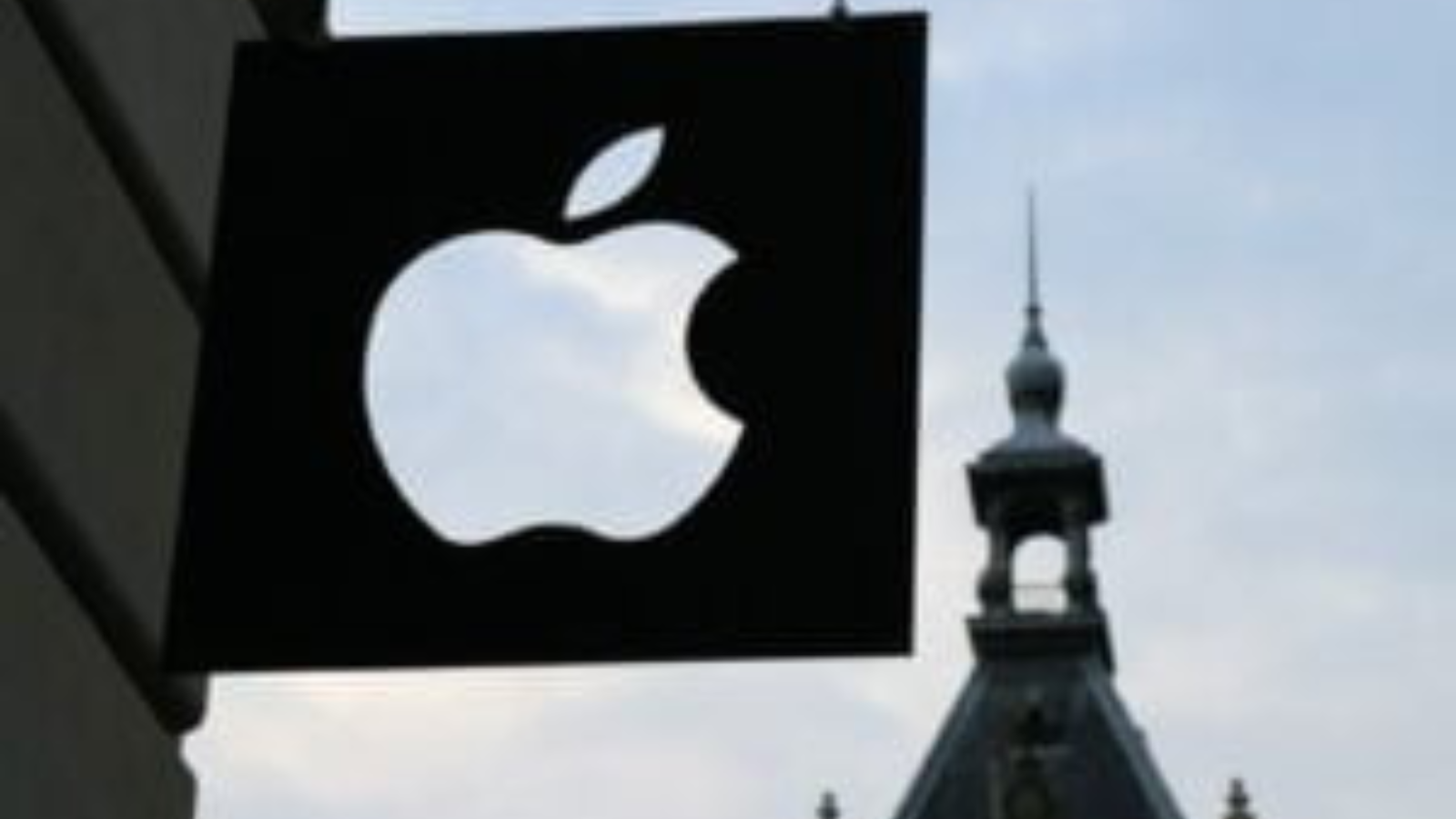
While Apple’s products are high-end across the board, Canadians frequently pay a premium that goes beyond currency conversion. A MacBook or iPhone in Canada can cost hundreds more than in the U.S., even after adjusting for exchange rates. Add to that the higher sales tax in many provinces and fewer promotional discounts, and Canadians end up shelling out significantly more. AppleCare and repair services are also pricier, making ownership even more expensive in the long run. For many, buying Apple in Canada feels like a financial penalty.
Netflix
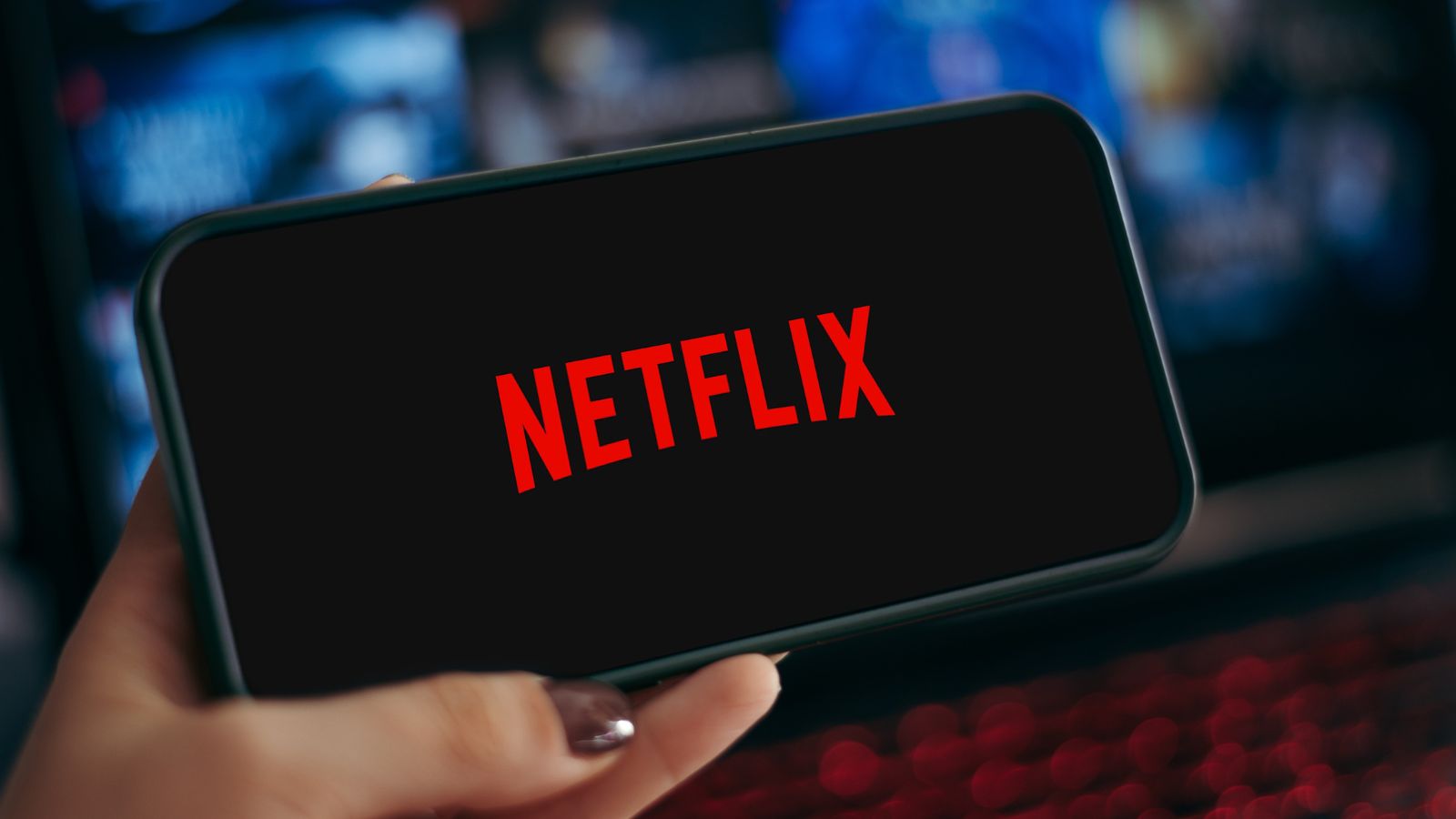
Netflix may offer convenience and binge-worthy entertainment, but the Canadian catalog is thinner and the cost is often higher. Despite paying nearly the same monthly fee—or more depending on the plan, Canadian subscribers get fewer titles and slower release schedules. Licensing differences are partly to blame, but that doesn’t change the reality: you’re paying for less. Add in recent price hikes and crackdowns on password sharing, and many Canadian users feel shortchanged.
McDonald’s
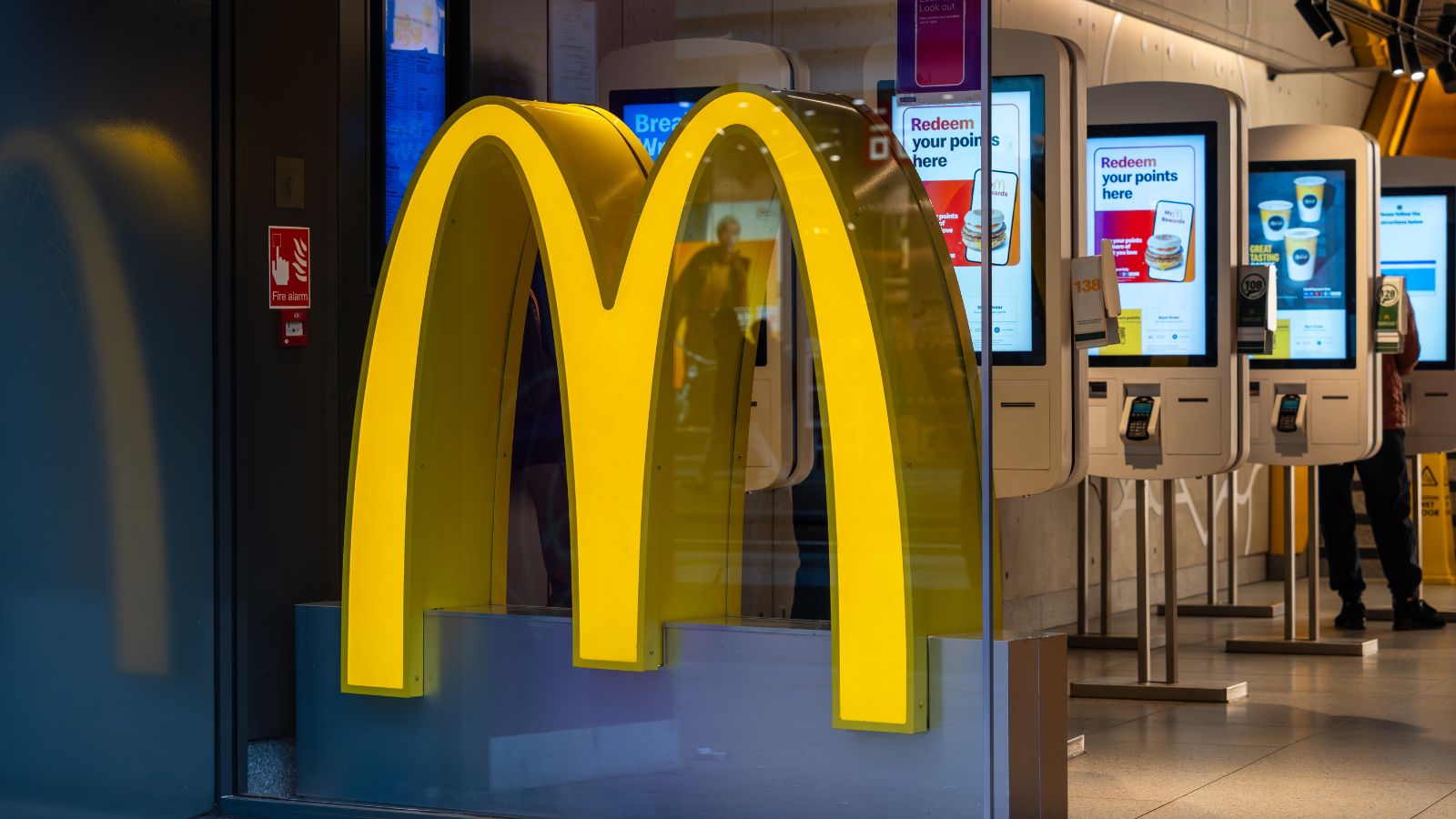
McDonald’s prices in Canada are noticeably higher than in the U.S., even for virtually identical menu items. A Big Mac combo, for instance, can cost several dollars more north of the border. Limited-time promotions and dollar menus are often less generous in Canada, if they exist at all. Canadians also face higher taxes and less competitive fast-food pricing overall, making McDonald’s a more expensive habit. For a brand that prides itself on affordability, the Canadian markup is hard to ignore.
Nike
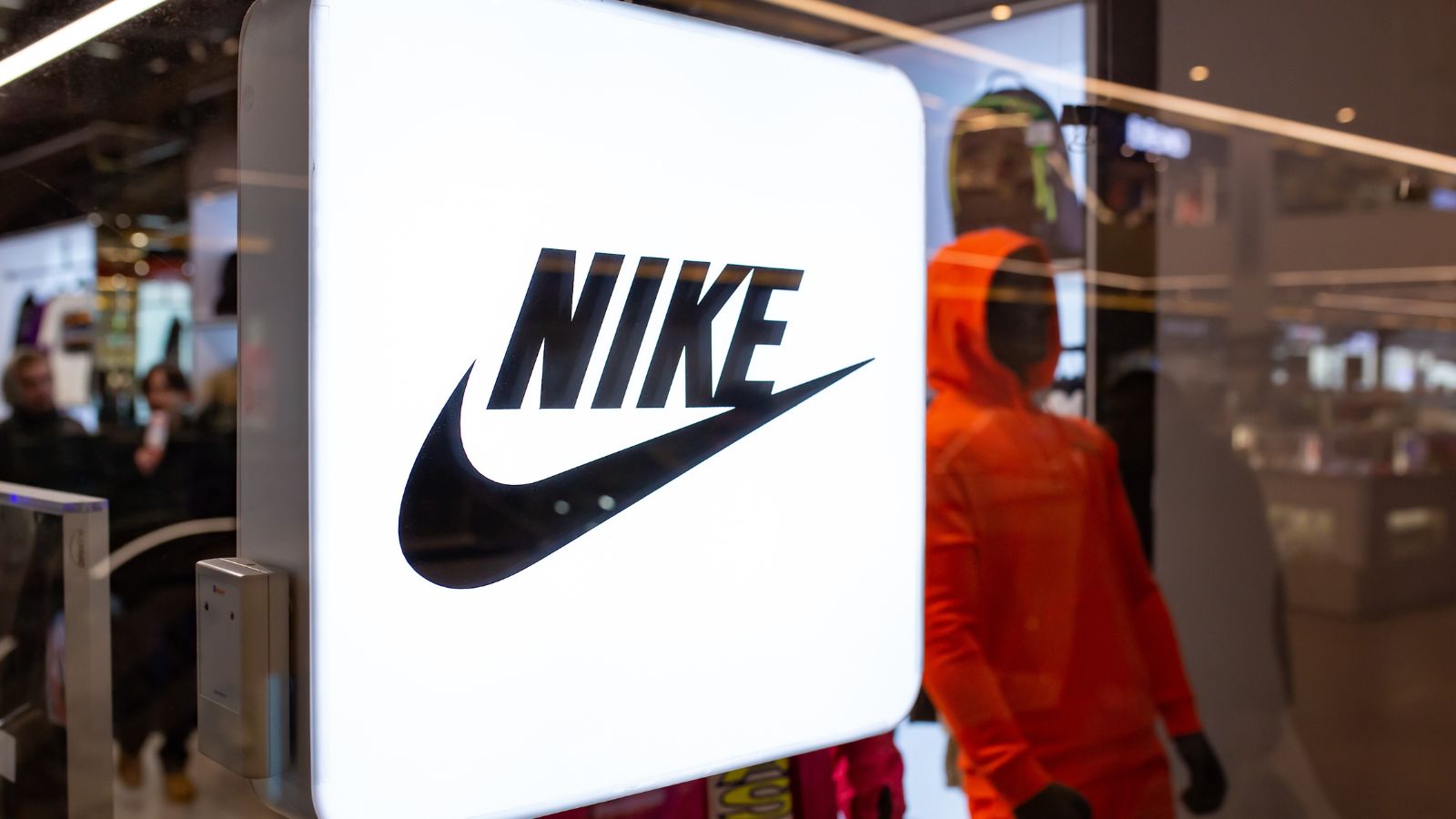
Whether it’s sneakers, sportswear, or accessories, Nike charges noticeably more in Canada than it does in the U.S. The difference isn’t just due to currency—prices are often marked up 20–30% before taxes and shipping. Canadian outlets also tend to have less stock, fewer sales, and limited customization options. Even Nike’s website offers fewer perks and promotions to Canadian customers. For the same product and brand experience, Canadians are consistently paying more.
Spotify

Spotify’s premium subscription costs more in Canada than in many other markets, with fewer family plan options and often slower access to new features. Despite paying a comparable—or higher—monthly rate, Canadians deal with regional licensing issues that limit certain music and podcast availability. Promotions like free trials or device bundles also tend to favor U.S. users. Even price increases roll out in Canada faster, further tipping the scales. The streaming service is convenient, but certainly not priced equally.
Disney+

Disney+ launched with promises of worldwide magic, but Canadian users soon discovered they were getting the short end of the wand. Subscription prices are roughly the same as in the U.S., but the content library is smaller and often delayed. New releases and Marvel or Star Wars spin-offs sometimes hit the Canadian platform later than in America. Meanwhile, price hikes have reached Canada at the same pace, if not faster. The disparity leaves Canadians wondering what exactly they’re paying for.
Starbucks
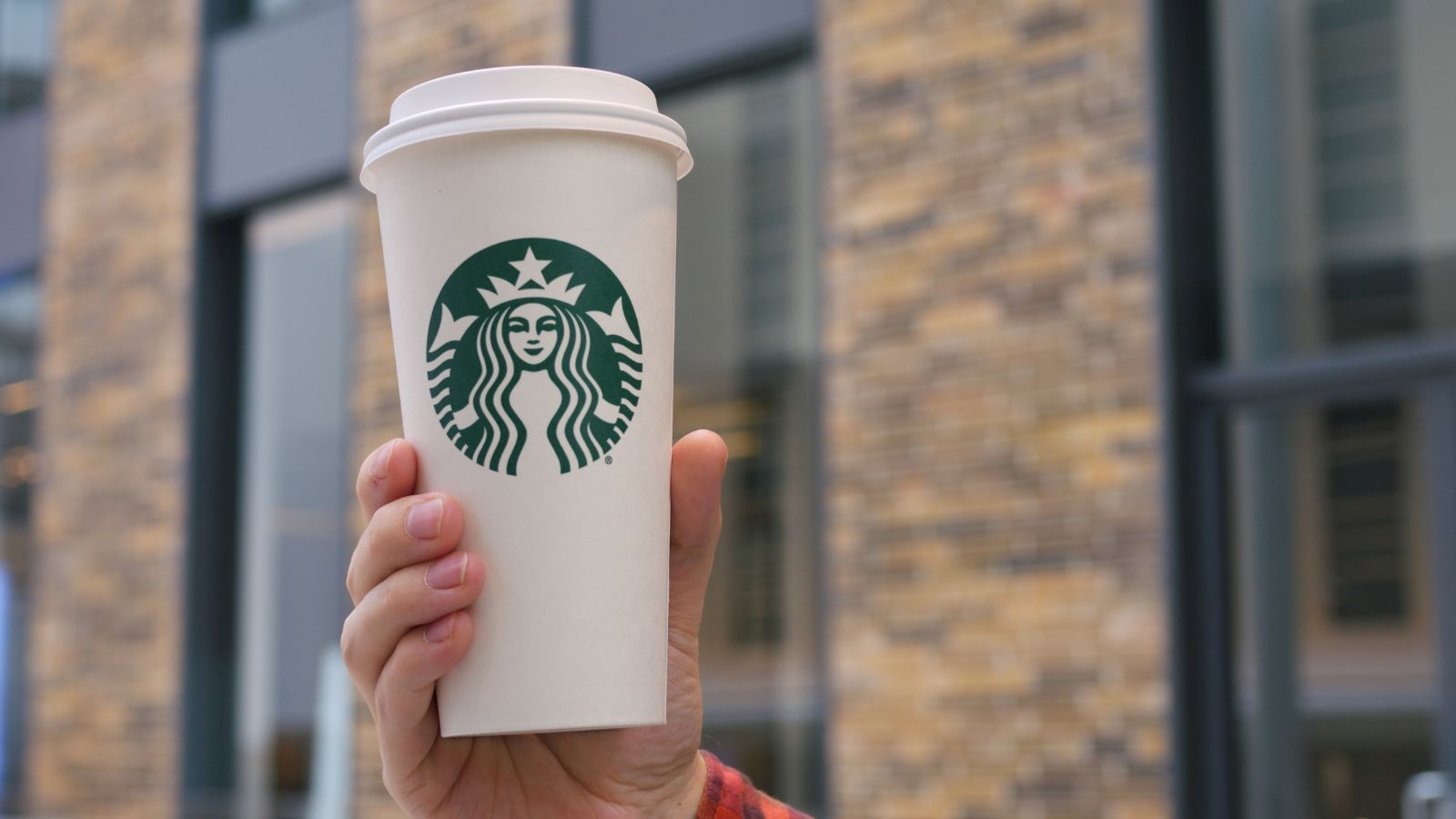
Starbucks beverages come with a steeper price tag in Canada, where a simple latte can cost up to 20% more than in the U.S. And that’s before factoring in tips and taxes, which are generally higher in Canadian cities. The rewards program also offers fewer benefits and slower point accumulation for Canadian users. Seasonal promotions and new product launches are slower to roll out, if they appear at all. Despite the shared branding, the cost of a caffeine fix in Canada is noticeably inflated.
Microsoft
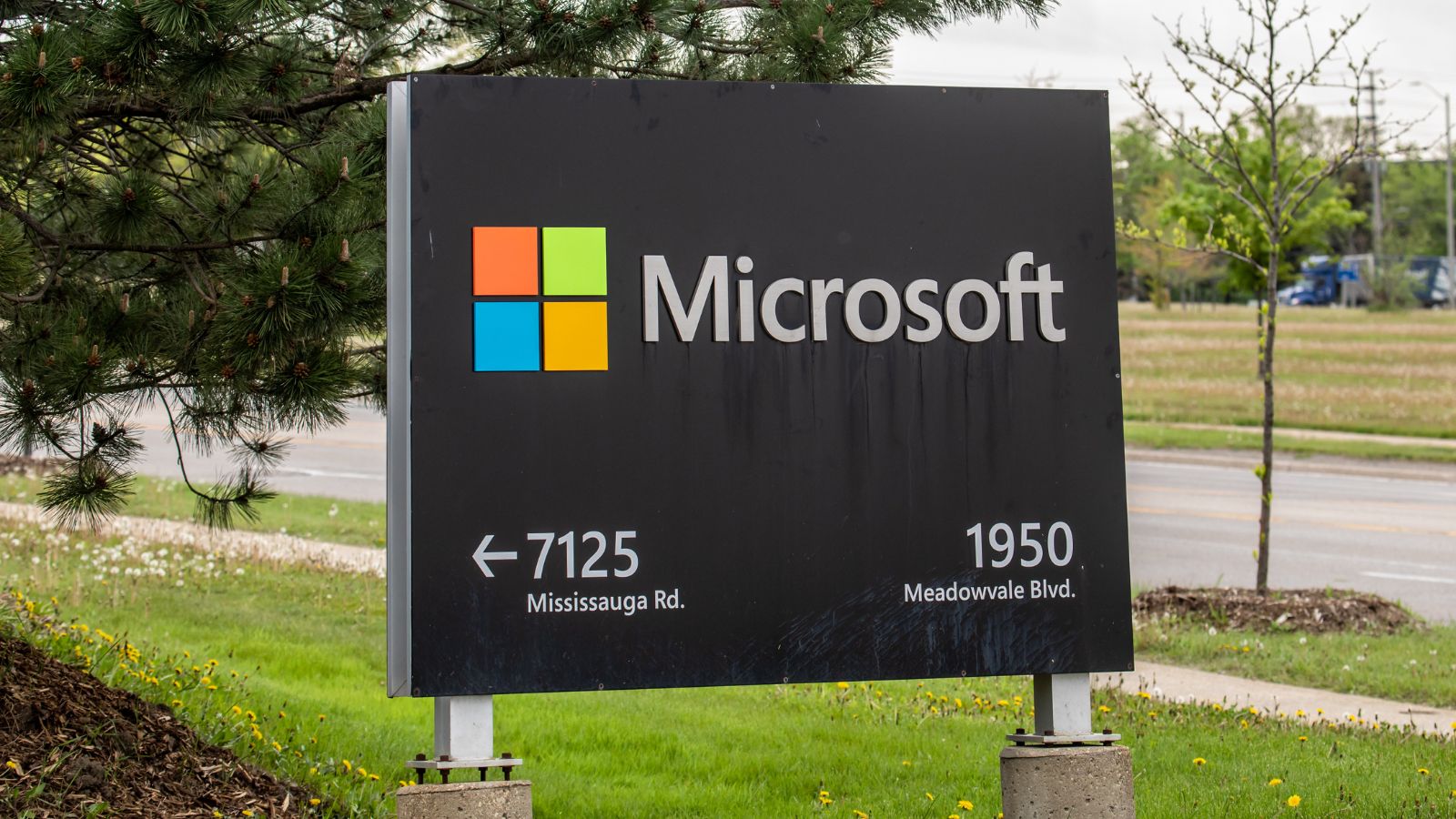
Microsoft’s software, hardware, and subscription services frequently come with an unjustified Canadian surcharge. Office 365 and Xbox Game Pass, for instance, are priced higher in Canada, even after accounting for exchange rates. Devices like the Surface series and Xbox consoles also carry inflated price tags, often without any added value. Canadian users don’t receive proportionally better support or content access either. These price discrepancies make tech investments harder to justify north of the border.
Costco
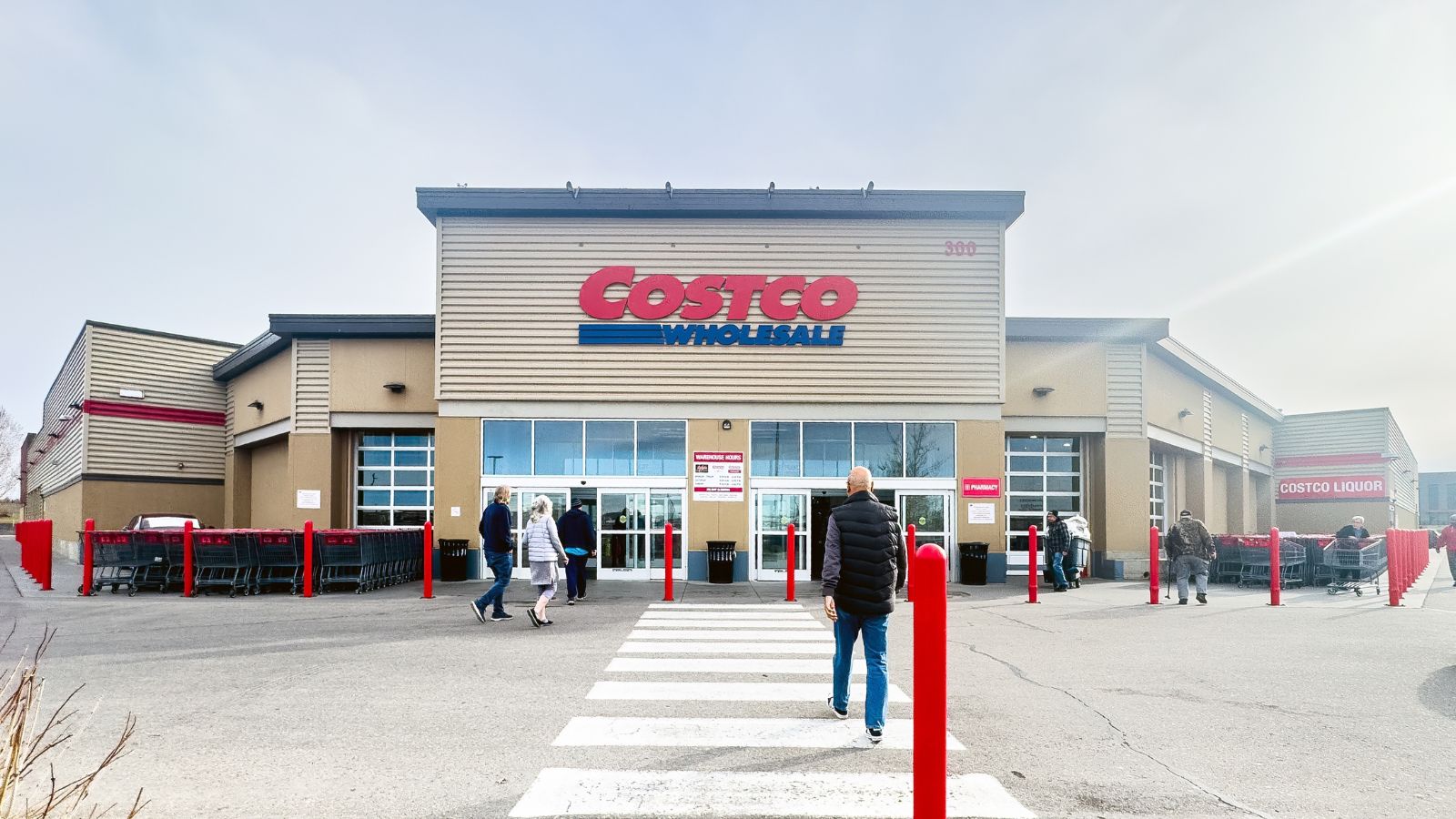
Although Costco is known for bulk savings, Canadian members often find themselves paying more for the same products. Membership fees are slightly higher in Canada, and many U.S.-based discounts or product bundles don’t make their way north. The food court favorites and gas discounts are still there, but everyday items from electronics to clothing are priced higher. Some Canadian locations also offer fewer choices due to regional supplier agreements.
Hulu (via Disney+ Star)
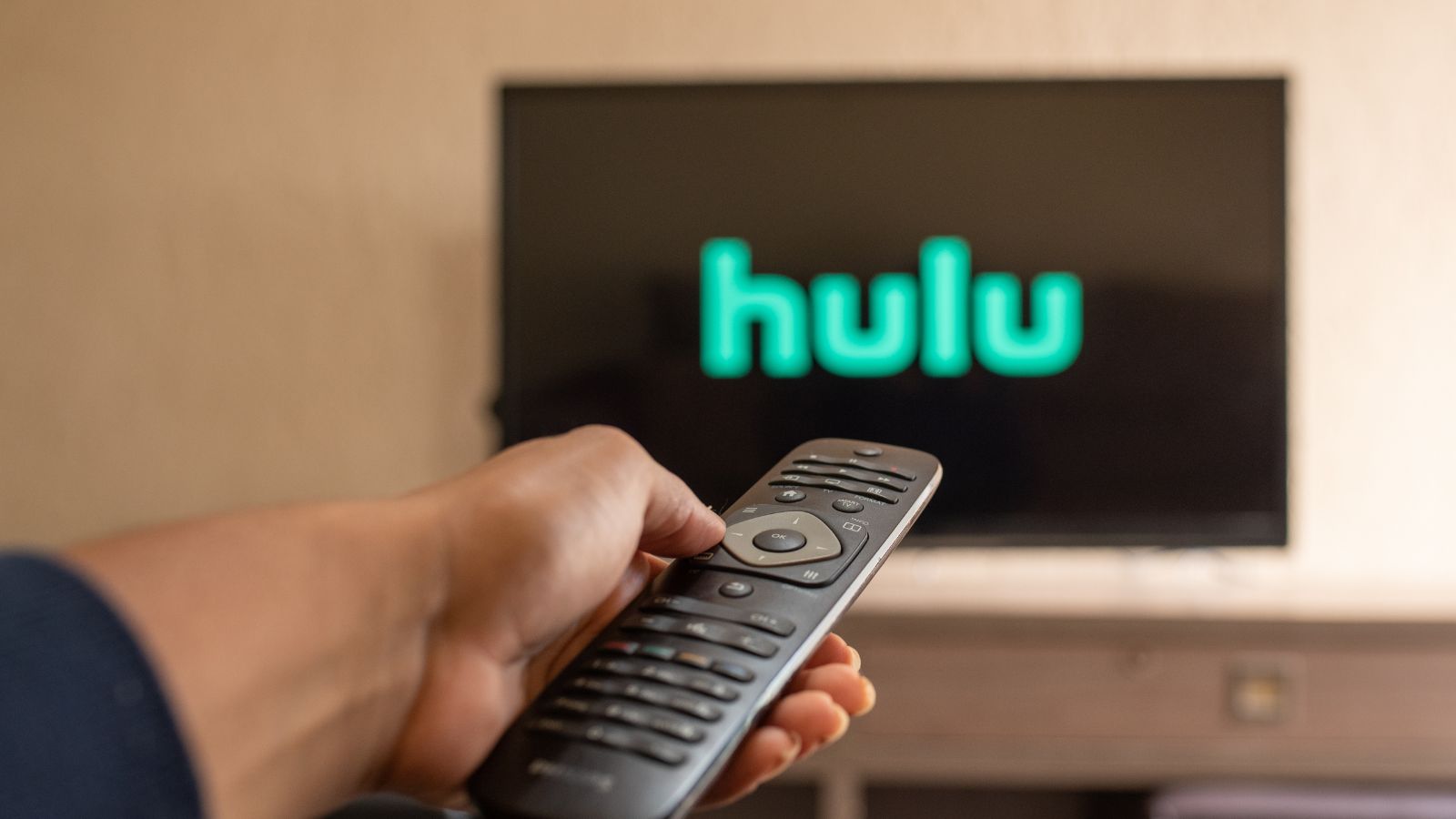
While Hulu isn’t directly available in Canada, Disney+ offers similar content through its “Star” tab—but not at the same level. The pricing for Disney+ with Star content is higher than basic Disney+ in the U.S., but still lacks several major Hulu exclusives. Canadians effectively pay more for an incomplete substitute. The lack of transparency and content parity makes it feel like a premium for less, with little justification provided.
Uber

Uber rides in Canada often come with higher base fares and steeper surge pricing compared to U.S. cities of similar size. Add in taxes and local fees, and a short ride in Toronto or Vancouver can easily outprice a similar trip in Chicago or Seattle. Meanwhile, drivers don’t necessarily earn more, raising questions about where that extra cost is going. Promotions and loyalty discounts are also less common in the Canadian market. Despite being a global app, your fare can vary wildly depending on your location.
Adobe

Adobe’s suite of creative tools is the industry standard, but it’s significantly more expensive for Canadian users. Subscriptions like Photoshop or Creative Cloud are priced above what American customers pay, even with regular exchange rate adjustments. Features, updates, and support remain the same, yet the cost of access is higher. Students and freelancers especially feel the pinch, as educational discounts aren’t always offered at the same rate. For creatives working on a budget, the pricing disparity is a major barrier.
Sephora

Beauty lovers in Canada pay a premium for the same makeup and skincare products sold at U.S. Sephora stores. Even identical brands and packaging can cost 15–30% more in Canadian locations or on the Sephora.ca website. Loyalty program perks are also less generous, and Canadian customers frequently face delayed product launches. Cross-border shoppers often compare receipts and notice a stark difference in total costs. For beauty on a budget, shopping in Canada feels like an unnecessary splurge.
21 Products Canadians Should Stockpile Before Tariffs Hit

If trade tensions escalate between Canada and the U.S., everyday essentials can suddenly disappear or skyrocket in price. Products like pantry basics and tech must-haves that depend on are deeply tied to cross-border supply chains and are likely to face various kinds of disruptions
21 Products Canadians Should Stockpile Before Tariffs Hit
